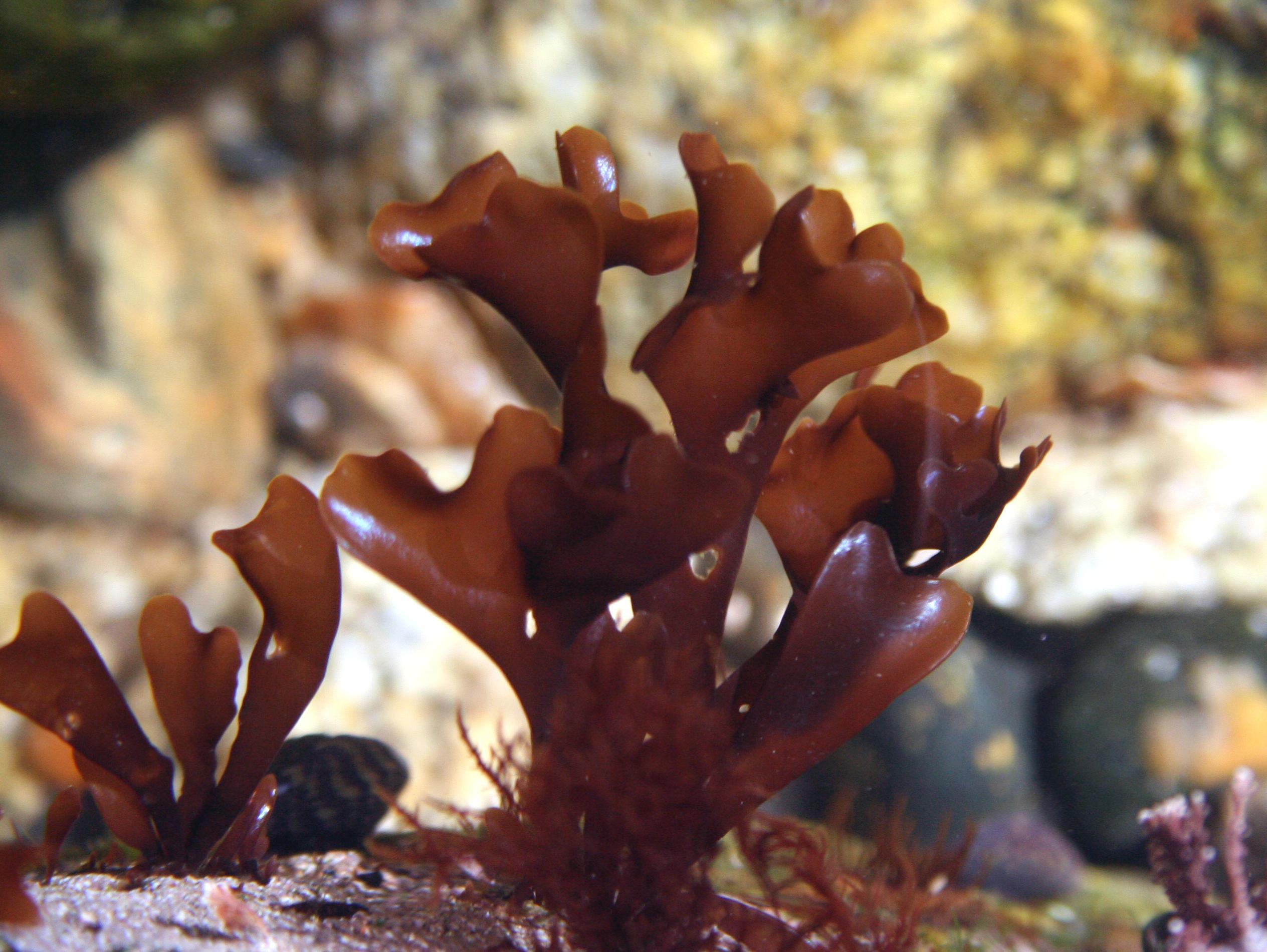 An international consortium, including scientists from the Station Biologique de Roscoff of the CNRS, French Marine Board member, has sequenced the complete genome of the red seaweed, Chondrus crispus, throwing light on 1500 million years of plant evolution. As a result of this research it is now thought that red algae went through an evolutionary bottleneck, where many genes were lost and others reduced in size. Without this bottleneck, our planet’s green land-plants, trees and flowers would have been red...The analysis of the genome has also improved understanding of how red algae are related to other organisms, how they have adapted to their environment and how they produce biomolecules, such as carrageenans, and it will greatly accelerate efforts to understand the biology of these fascinating organisms in the coming years.
An international consortium, including scientists from the Station Biologique de Roscoff of the CNRS, French Marine Board member, has sequenced the complete genome of the red seaweed, Chondrus crispus, throwing light on 1500 million years of plant evolution. As a result of this research it is now thought that red algae went through an evolutionary bottleneck, where many genes were lost and others reduced in size. Without this bottleneck, our planet’s green land-plants, trees and flowers would have been red...The analysis of the genome has also improved understanding of how red algae are related to other organisms, how they have adapted to their environment and how they produce biomolecules, such as carrageenans, and it will greatly accelerate efforts to understand the biology of these fascinating organisms in the coming years.
Worldwide use of red algae is valued at more than US$2,000 million per annum. Carrageenans extracted from Chondrus crispus are widely used in the food industry for their gelling, thickening and stabilizing properties, for example, in ice-cream where they are listed in the ingredients as E407. Picture credit: Jonas Collen. Further information and press release here
